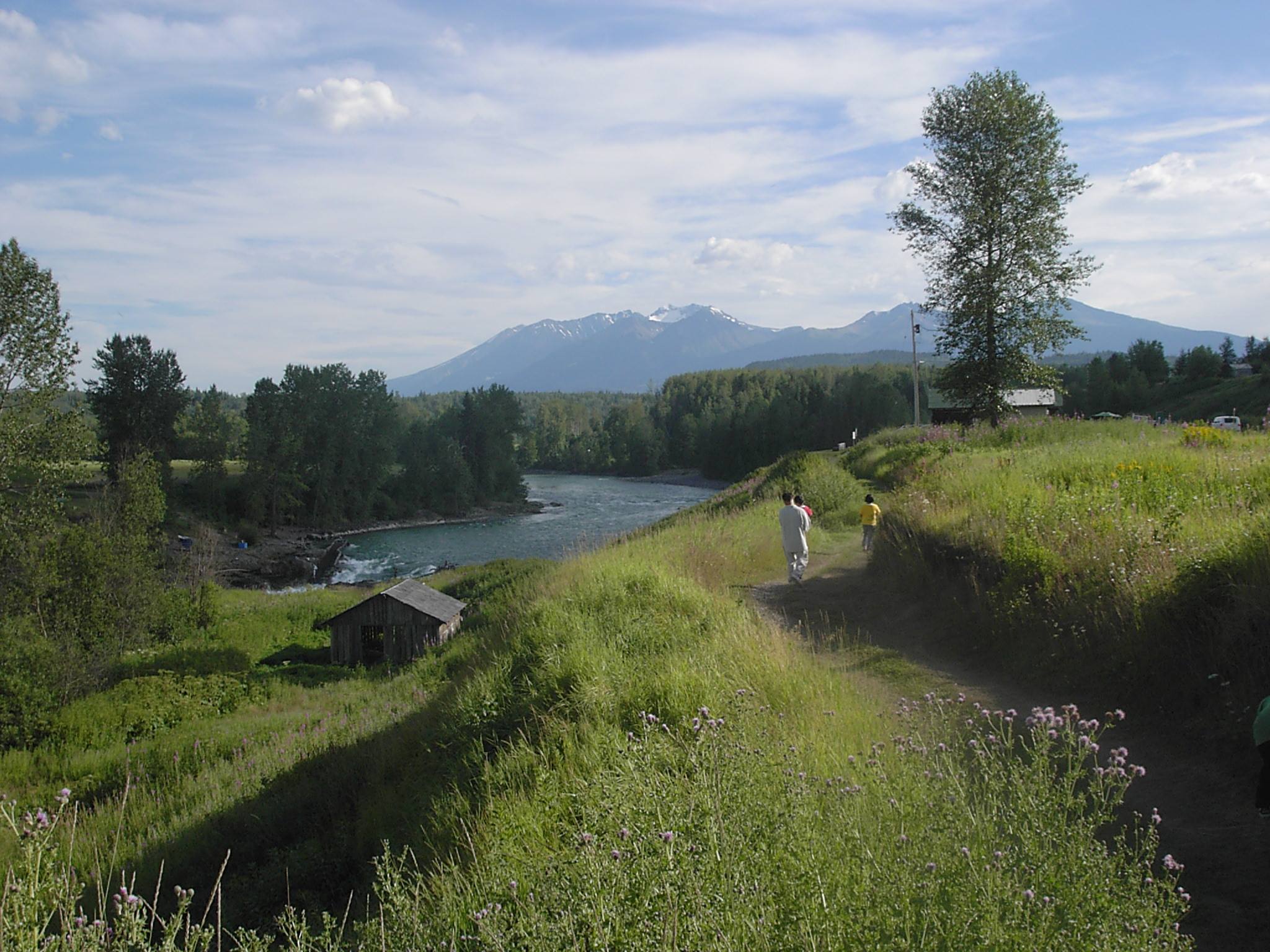Mexico impression
Mexico impression
?We have returned from the trip to Mexico. This trip left us with a strong impression. Mexico is safer than I thought. We have walked on the streets of quite a few cities. We were never mugged and never felt threatened.
There is a heavy military presence in many places. There are many military vehicles on the road. Check points on the road are pretty regular. The soldiers don’t speak English. We don’t speak Spanish. But in the end, we were let go each time.
There are tolled roads and free roads in Mexico. We follow the advice from friends to stick to the tolled roads, which are of good quality in general. Once we missed an exit. To return to the planned route, we took a nearby exit to a free road (highway 15). The road is two lanes (one lane each way). It doesn’t have any shoulder. It is quite difficult to drive on. Vehicles move very slowly. After a while, we return to the tolled road.
In big cities, roads are pretty good. But in small towns, such as Tequila, many are cobble stone roads. Cobble stone roads might be romantic if they are well maintained pedestrian streets. But they are terrible bumpy roads for vehicles.
Mexico is pretty dry most of the places we drive by. Mexico City, the largest population center, which is supposed to be humid by Mexico standard, has a lot of cactus and trees with waxy leaves.
Mexico has a lot more historical buildings than I had thought. Grand cathedrals are everywhere, even outside Mexico City. These grand old buildings must be a great draw for tourists. But many are not well maintained, broken windows or deserted. Probably it is too expensive to maintain old buildings, when these buildings don’t bring direct incomes.
Mexico is dense with history. Many places, streets are named after historic figures. Giant monuments and sculptures are everywhere. I read a little bit history on the road. Here is a section on Hidalgo, the father of Mexico, on wikipedia,
He served in a church in Colima and then in Dolores. After his arrival, he was shocked by the rich soil he had found. He tried to help the poor by showing them how to grow olives and grapes, but in New Spain (modern Mexico) growing these crops was discouraged or prohibited by colonial authorities to prevent competition with imports from Spain.
Isn’t the theory of comparative advantage a nicer way to promote the same practice? For a long time, I try to figure out the real difference between mercantilism and modern economic theory. There seems none. Modern economic theory sells the same idea in a subtler way. Adam Smith and David Ricardo didn’t present a new idea. They presented the same old idea as if the idea benefits everyone. In essence, they state that why the ruling masters have comparative advantages ruling and the ruled slaves have comparative advantages ruled, (or low wage advantage). This is also the essence of all dominant ideologies, whether in theology, philosophy, or economic theory.
We spent four days in Mexico City, living in the historic center and enjoying the grand buildings. There has been a huge protest organized by the national teachers union, for better pay and pensions. Tent cities surrounded the Presidential Palace, encircling our hotel as well. We felt like Tiananmen Square again. Unfortunately, we don’t understand Spanish. We couldn’t understand the inspirational speeches given by various organizers.
On the way back home, we took a different route, driving along the Pacific Coast. Puerto Vallarta and Mazatlan are two coastal cities. Puerto Vallarta is a vacation hot spot, with crowded roads, hotels and beaches. Mazatlan is relatively new and quiet, with a lot of new developments underway.
Puerto Vallarta, well protected by a deep bay, has gentle waves and gently sloped beaches. Mazatlan, on the other hand, face the powerful ocean directly. It has bigger waves and steeper beaches. Young people might favor fighting the strong waves at Mazatlan. But older and younger people might prefer the friendlier waves at Puerto Vallarta. Beaches at Puerto Vallarta are more open, more public. Probably to reduce the “spillover” of resources, the newer developments in Mazatlan make public access to the beaches less accessible. This will indeed reduce the “resource spillover”. But it might reduce public participation and formation of culture. We will wait for five years to see if Mazatlan, a newer tourist destination, will overtake Puerto Vallarta.
Gasoline prices in Mexico are quite uniform, and expensive, more expensive than US, similar to Canada. Restaurants and hotels are a lot cheaper. In general, food and lodging are a lot cheaper. Many Americans and Canadians vacation in Mexico, staying in five star hotels and enjoying restaurants with great services. Many also choose to retire in Mexico.
P. S. We entered Mexico from El Paso, May 28, left Mexico on June 10, to Green Valley, AZ.


